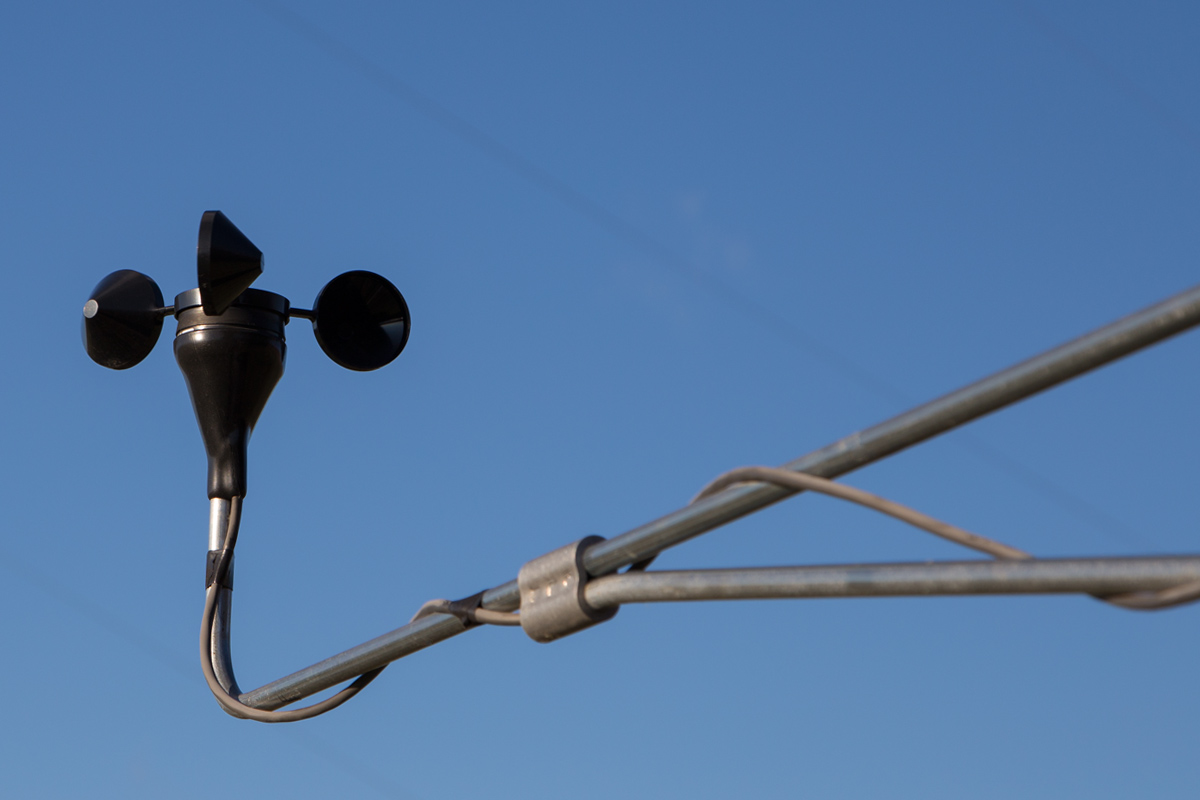Contrasting Digital and Mechanical Anemometers: Which is Right for You?
Anemometers Introduced: Understanding Their Significance in Environmental Monitoring and Safety Steps
The function of anemometers in ecological tracking and precaution is often underestimated, yet their significance is undeniable. These tools have a long history rooted in scientific inquiry and technical innovations, advancing to come to be essential devices in different fields. From meteorology to aeronautics safety and security, anemometers play a crucial duty in giving precise data that informs decision-making processes and enhances total security. Recognizing the ins and outs of anemometers reveals a world of crucial insights that are fundamental to our understanding of the setting and the procedures we take to make certain security.
History of Anemometers
The evolution of anemometers can be traced back to the old human beings where fundamental wind gauging tools were first used. These very early wind measurement devices laid the foundation for the growth of much more advanced anemometers over time. One of the earliest known anemometers was the hemispherical mug anemometer invented by Leon Battista Alberti in the 15th century. This style contained 4 hemispherical cups that gathered wind power, supplying a measurement of its strength based upon the rate of rotation.
Over the years, developments in modern technology led to the advancement of even more contemporary anemometers, including ultrasonic anemometers and laser Doppler anemometers, offering raised precision and effectiveness in gauging wind rate and direction. The history of anemometers showcases a remarkable journey of advancement and progression in the field of weather forecasting.
Kinds Of Anemometers
Throughout the area of meteorology, numerous kinds of anemometers have been established to precisely gauge wind rate and instructions. Sonic anemometers utilize ultrasonic signals to measure wind rate and direction properly. Hot-wire anemometers run based on the principle that the cooling impact of wind on a warmed cord is symmetrical to the wind speed.
Applications in Meteorology
Having reviewed the various kinds of anemometers used in meteorology for gauging wind speed and direction, it is necessary to discover their sensible applications in the area. Anemometers play a vital duty in meteorology by giving exact and real-time information on wind conditions (anemometer). Meteorologists utilize anemometers to check wind speed and instructions to anticipate weather patterns, problem warnings for serious climate occasions like typhoons, twisters, and tornados, and assess weather for aviation safety
In weather forecasting, anemometers help in understanding neighborhood and local wind patterns, which are important for predicting climate adjustments and establishing climatic fads. These gadgets are also utilized in research study to study microclimates, city warm islands, and air contamination diffusion. Additionally, anemometers are utilized in farming to optimize plant management practices, such as irrigation and pesticide application, based upon wind conditions.
Relevance in Aeronautics Safety And Security
An integral facet of making sure aeronautics security lies in the precise monitoring of wind conditions making use of anemometers. Anemometers play a vital duty in aviation by offering real-time data on wind rate and direction, aiding pilots in making informed choices throughout touchdown, flight, and take-off. Solid and uncertain winds can significantly impact aircraft procedures, making it crucial for air travel authorities to rely upon accurate wind measurements to make certain the safety of guests and team.

In the vibrant atmosphere of aviation, where also check out here minor adjustments in wind rate try this website and instructions can have extensive results, anemometers stand as important tools for promoting secure and safe air travel.
Function in Environmental Research Study
Just how do anemometers add to innovations in environmental research study? Anemometers play an essential duty in environmental research by supplying necessary data on wind rate and direction. This information is essential for recognizing various climatic processes, such as air contamination diffusion, climate patterns, and climate change. By accurately gauging wind qualities, anemometers assist researchers analyze the motion of pollutants airborne, evaluate the impact of commercial emissions, and anticipate the spread of impurities in the setting.


Final Thought
In conclusion, anemometers have actually played a crucial duty in ecological tracking and safety actions. Comprehending the relevance of anemometers is crucial for precisely measuring wind speed and instructions, which is important for predicting weather patterns, ensuring risk-free aviation operations, and performing environmental researches.
One of the earliest recognized anemometers was the hemispherical cup anemometer designed by Leon Battista Alberti in the 15th century. Over the years, developments in modern technology led to the development helpful site of even more contemporary anemometers, including ultrasonic anemometers and laser Doppler anemometers, using increased precision and performance in measuring wind speed and direction. Hot-wire anemometers run based on the principle that the cooling impact of wind on a warmed wire is proportional to the wind rate. Meteorologists make use of anemometers to keep an eye on wind rate and direction to forecast weather condition patterns, concern warnings for serious weather condition events like hurricanes, storms, and storms, and evaluate climatic problems for aeronautics safety and security.
Understanding the importance of anemometers is important for accurately determining wind speed and instructions, which is essential for forecasting weather condition patterns, ensuring safe aviation operations, and conducting environmental studies. (anemometer)